Curry Chronicles: 7 Global Chicken Curry Styles You Need to Taste Before You Die!
When you think of chicken curry, what comes to mind? A cozy Sunday dinner, a steaming pot of spices, or maybe a childhood memory wrapped in warmth and flavor? You're not alone! Chicken curry is more than just a dish—it’s a passport to the world’s most vibrant culinary cultures.
Table of Contents
- Indian Butter Chicken – The Bollywood Star of Curries
- Thai Green Curry – Spicy, Sweet, and Totally Thai
- Japanese Katsu Curry – Comfort Food with a Crunchy Twist
- Caribbean Curry Chicken – Island Vibes in Every Bite
- South African Bobotie Curry – Fusion Like You’ve Never Tasted
- British Chicken Tikka Masala – When East Meets West on a Plate
- Sri Lankan Curry – Where Every Leaf Is a Spice
- Pro Tips for Mastering Your Own Chicken Curry at Home
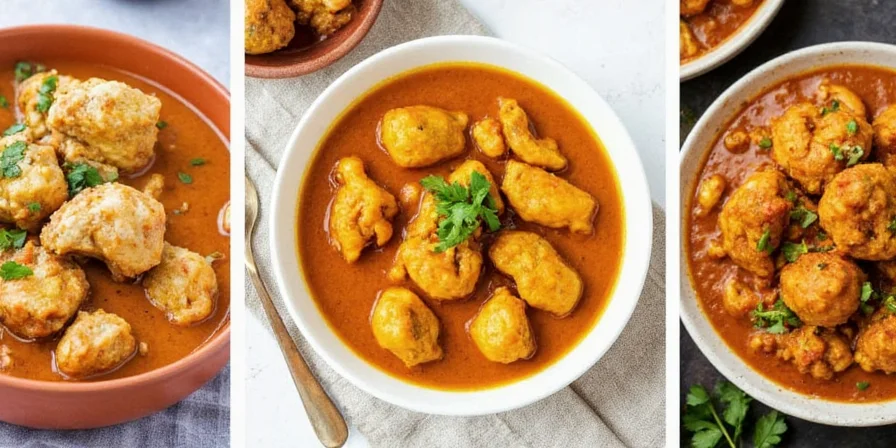
Indian Butter Chicken – The Bollywood Star of Curries
If there were an Oscar for best chicken curry, Indian Butter Chicken would take home the gold. Rich, creamy, and kissed with smoky depth from the tandoor, this dish is a crowd-pleaser with a side of naan dreams.
The key players here are:
- Garam masala
- Turmeric
- Cumin
- Kashmiri chili powder
- Fresh ginger and garlic
Pro Tip: Marinate your chicken in yogurt overnight—it tenderizes the meat and infuses it with flavor like magic.
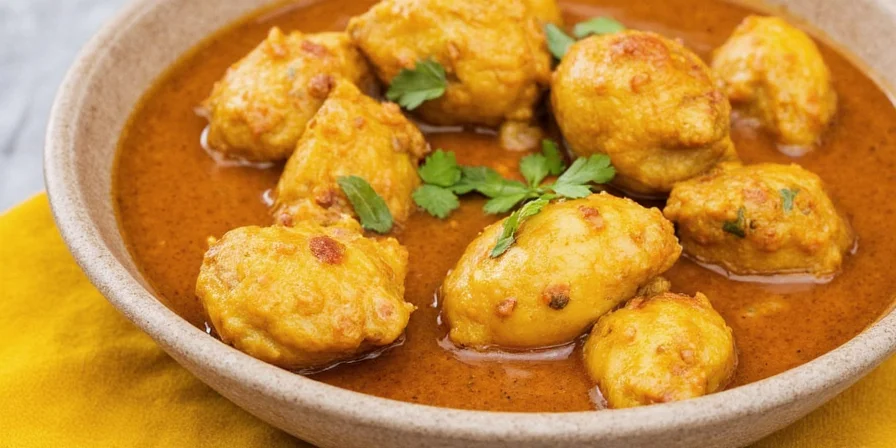
Spice Breakdown
| Spice | Flavor Profile | Function |
|---|---|---|
| Garam Masala | Earthy, warm, sweet-spicy | Depth & complexity |
| Cumin | Smoky, nutty | Foundation flavor |
| Turmeric | Earthy, slightly bitter | Color & anti-inflammatory power |
Thai Green Curry – Spicy, Sweet, and Totally Thai
Green curry might look innocent with its lush green hue, but don’t be fooled—this little number brings the heat (and the flavor)! Fresh herbs like lemongrass and kaffir lime leaves give it that unmistakable Thai flair.
Main ingredients:
- Green curry paste (homemade rocks!)
- Coconut milk
- Bamboo shoots or Thai eggplant
- Basil for garnish
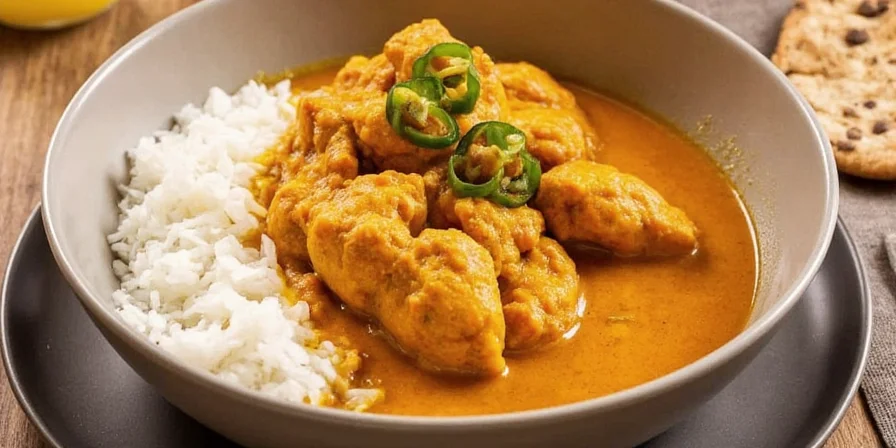
Pro Tip: Toast your spices before blending your own curry paste—it unlocks deeper flavors that’ll make store-bought jealous.
Japanese Katsu Curry – Comfort Food with a Crunchy Twist
Japenese katsu curry is comfort food done right. Picture crispy fried chicken (katsu), drenched in thick, savory-sweet curry sauce, served over rice. It's like the ultimate hug in bowl form.
Unique notes:
- Worcestershire-like sweetness
- Mild spice level
- Umami bombs from carrots and onions
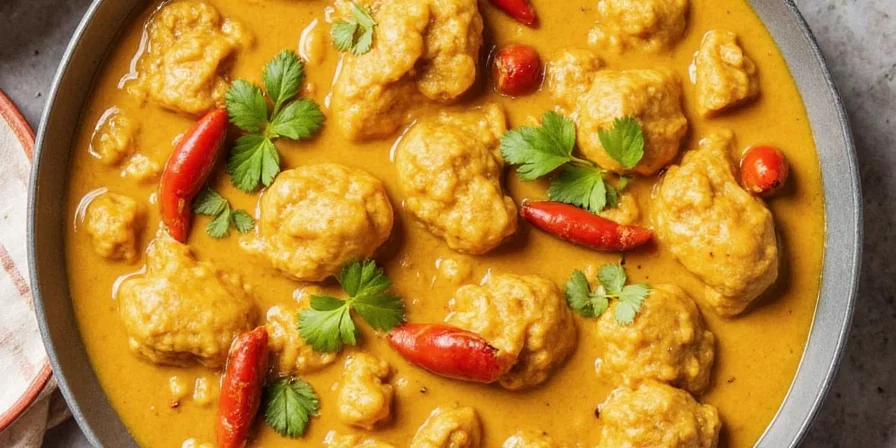
Caribbean Curry Chicken – Island Vibes in Every Bite
This one’s for those who love flavor with a tropical twist. Caribbean curries are bold, bright, and often carry influences from Indian and Creole cooking.
- Scotch bonnet peppers for fire
- Coconut milk or water
- Fresh thyme and allspice
Pro Tip: Add a splash of lime juice at the end—it brightens up the whole dish like sunshine on your plate.
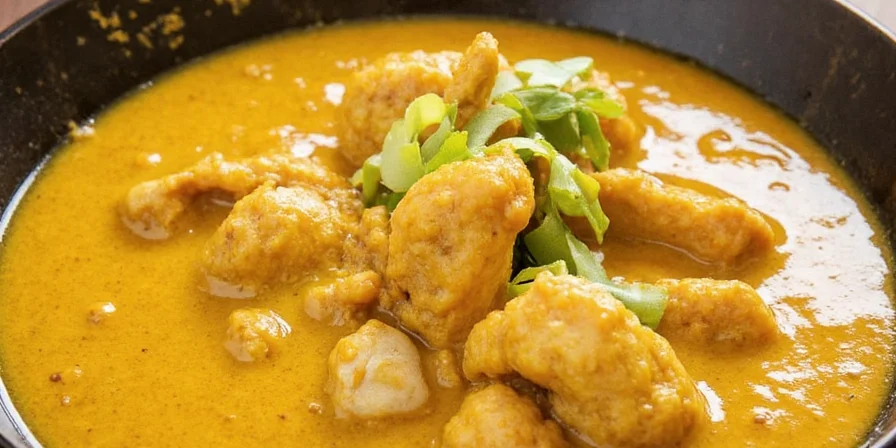
South African Bobotie Curry – Fusion Like You’ve Never Tasted
Bobotie may sound unfamiliar, but trust us—it’s worth a try. This Cape Malay-inspired curry is fragrant, fruity, and deeply satisfying.
- Dried apricots or raisins
- Curried meat mixture
- Spiced milk topping
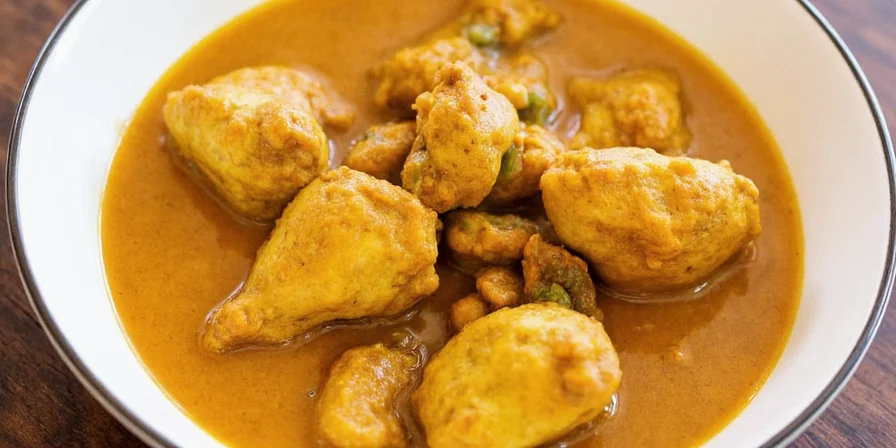
British Chicken Tikka Masala – When East Meets West on a Plate
Fun fact: The British consider this their national dish! Originating from South Asian immigrants in the UK, it’s now a global favorite.
Key components:
- Grilled chicken tikka
- Creamy tomato gravy
- Blend of Indian spices with British heartiness
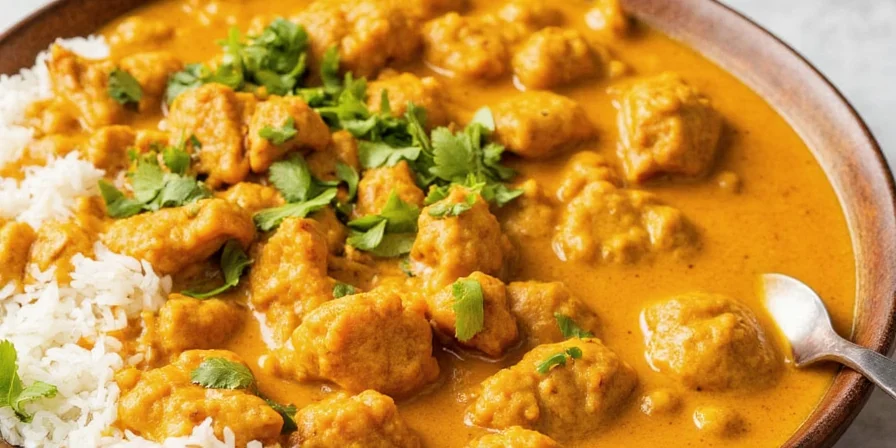
Sri Lankan Curry – Where Every Leaf Is a Spice
Sri Lankan cuisine is underrated but bursting with flavor. Their chicken curry uses fresh curry leaves, pandan, and layers of spices that build like a symphony.
- Curry leaves
- Mustard seeds
- Rampant red chilies
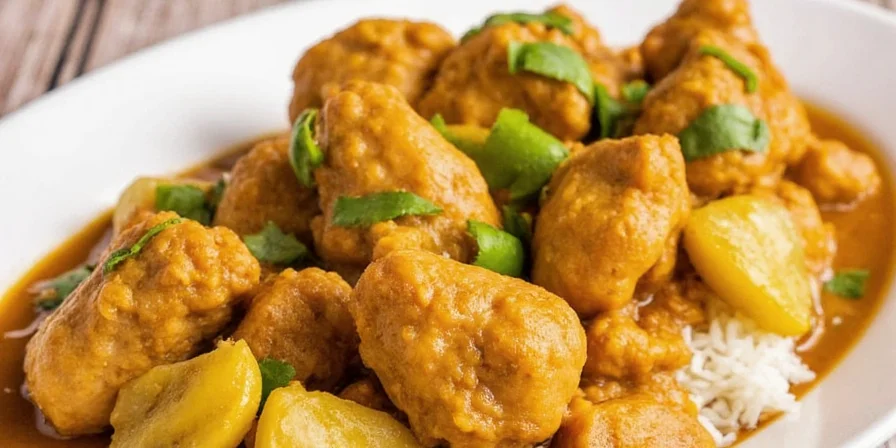
Pro Tips for Mastering Your Own Chicken Curry at Home
You don’t need a passport to enjoy global chicken curry magic. Here are 7 practical tips to turn your kitchen into a spice playground:
- Toast your spices first: Warm them gently in a dry pan to awaken their essential oils.
- Layer flavors: Sauté aromatics like onions, garlic, and ginger before adding spices.
- Use fats wisely: Coconut milk, ghee, or oil help carry and blend the flavors beautifully.
- Simmer slowly: Letting your curry cook low and slow lets the spices meld together like a perfect marriage.
- Add acid at the end: A squeeze of lemon or lime can elevate the entire dish.
- Rest your curry: Sometimes chicken curry tastes even better the next day!
- Customize heat levels: Use milder or hotter chilies depending on your spice tolerance.
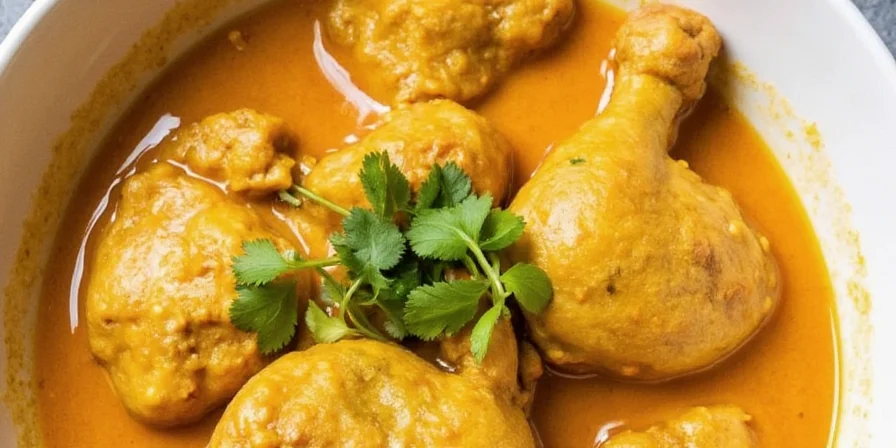
Global Chicken Curry Showdown
| Cuisine | Heat Level | Base | Signature Ingredient |
|---|---|---|---|
| Indian | Medium-High | Tomato + Cream | Garam Masala |
| Thai | High | Coconut Milk | Kaffir Lime Leaves |
| Japanese | Low | Thick Gravy | Carrots & Onions |
| Caribbean | High | Coconut Liquid | Scotch Bonnet |
| South African | Medium | Meat + Fruit | Dried Apricots |
| British | Medium | Tomato + Cream | Tandoori Chicken |
| Sri Lankan | Very High | Oil-Based | Curry Leaves |
Conclusion
Chicken curry isn’t just one thing—it’s a global love letter written in spices, herbs, and cultural tradition. Whether you're craving the creamy richness of India, the fiery punch of Thailand, or the comforting embrace of Japanese katsu, there’s a chicken curry out there waiting for you to fall in love with it.
So, grab your apron, dust off your spice rack, and let the journey begin—one delicious bite at a time.
Until next time, stay spicy!

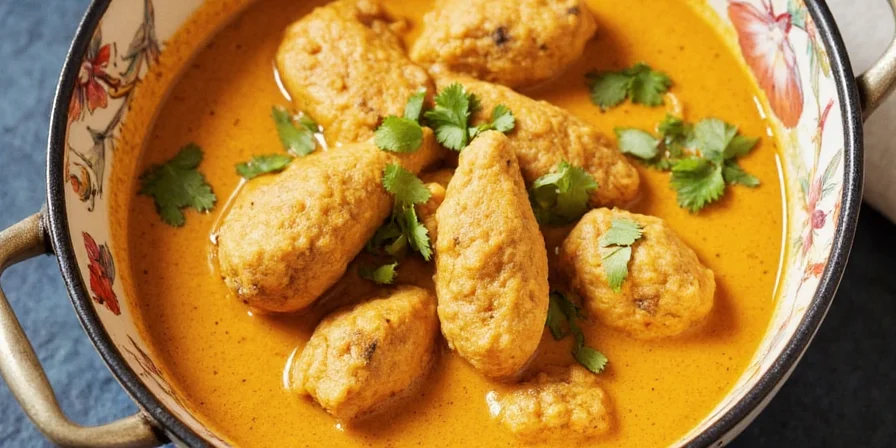









 浙公网安备
33010002000092号
浙公网安备
33010002000092号 浙B2-20120091-4
浙B2-20120091-4